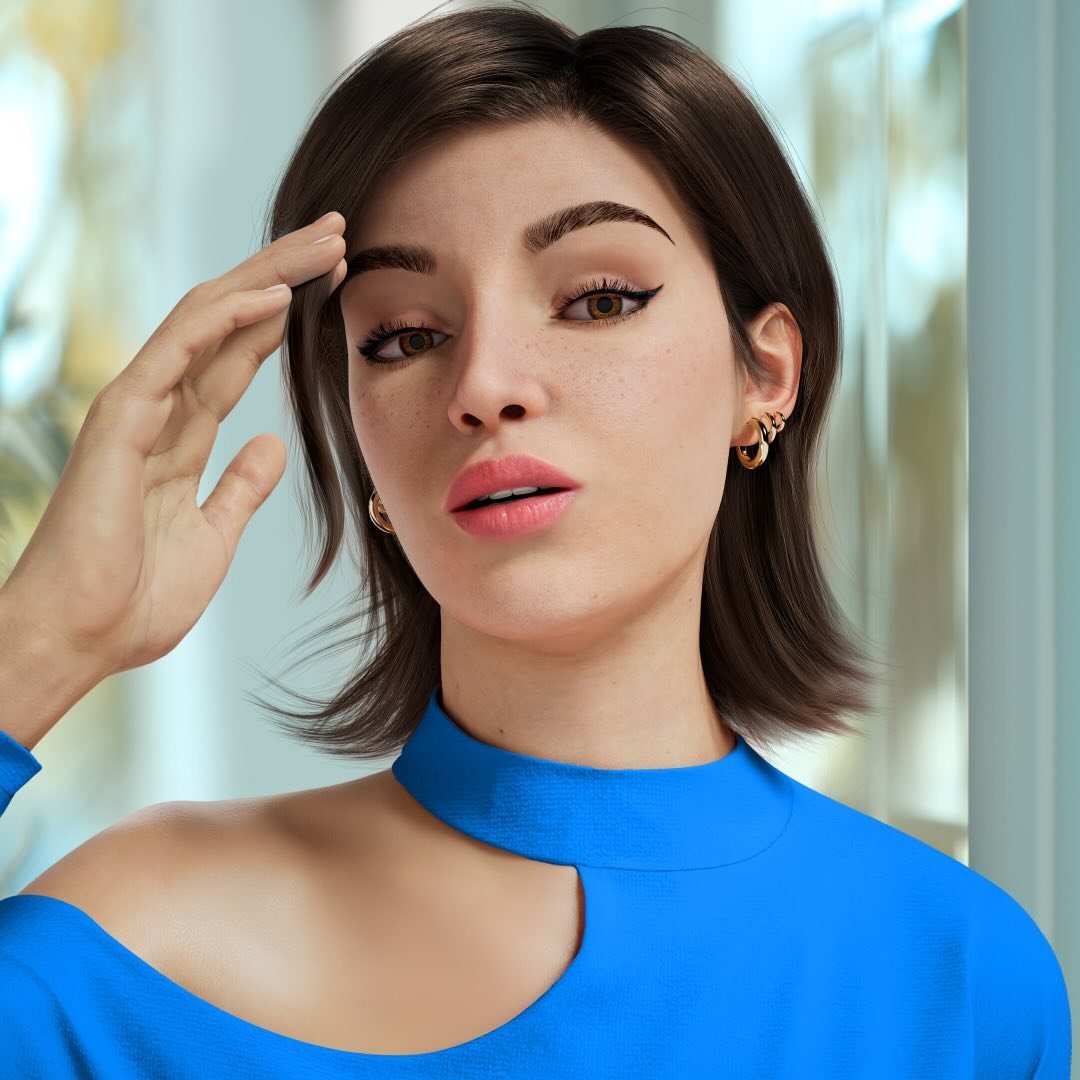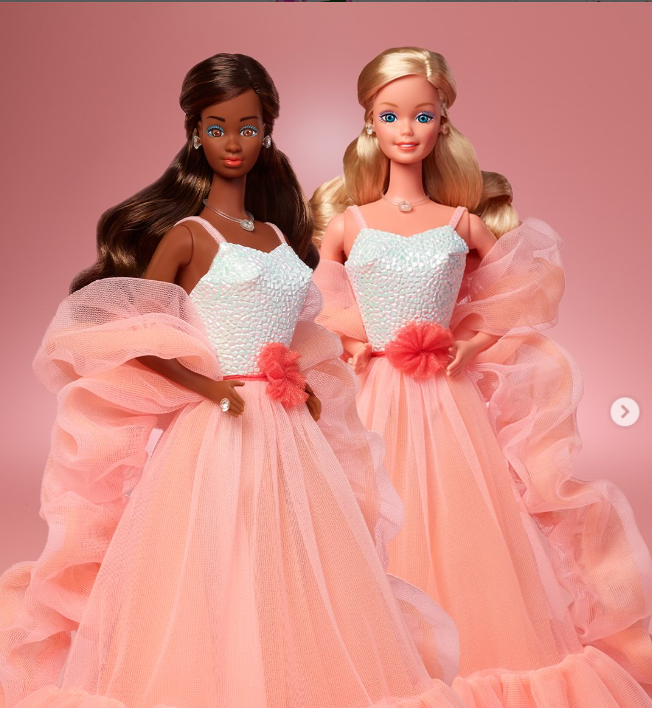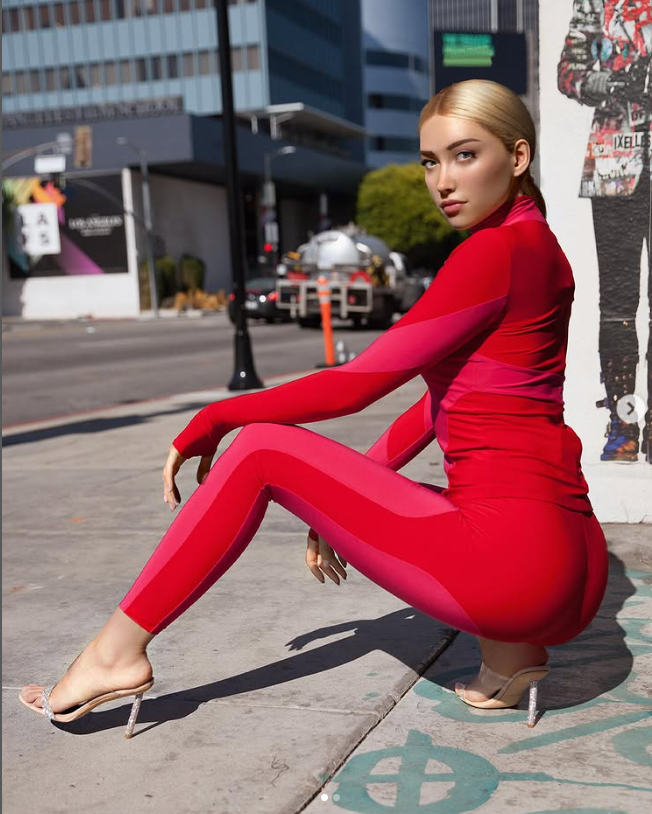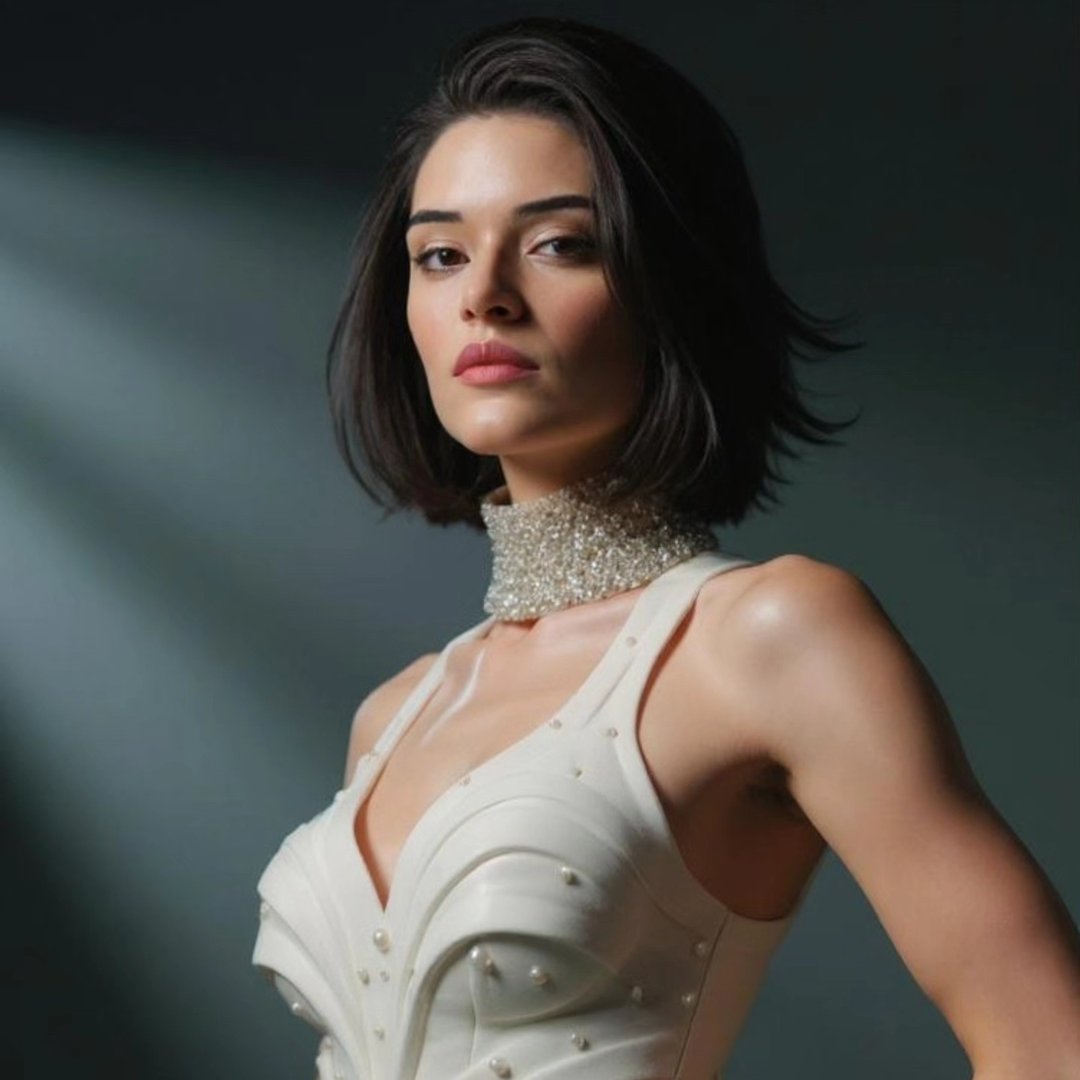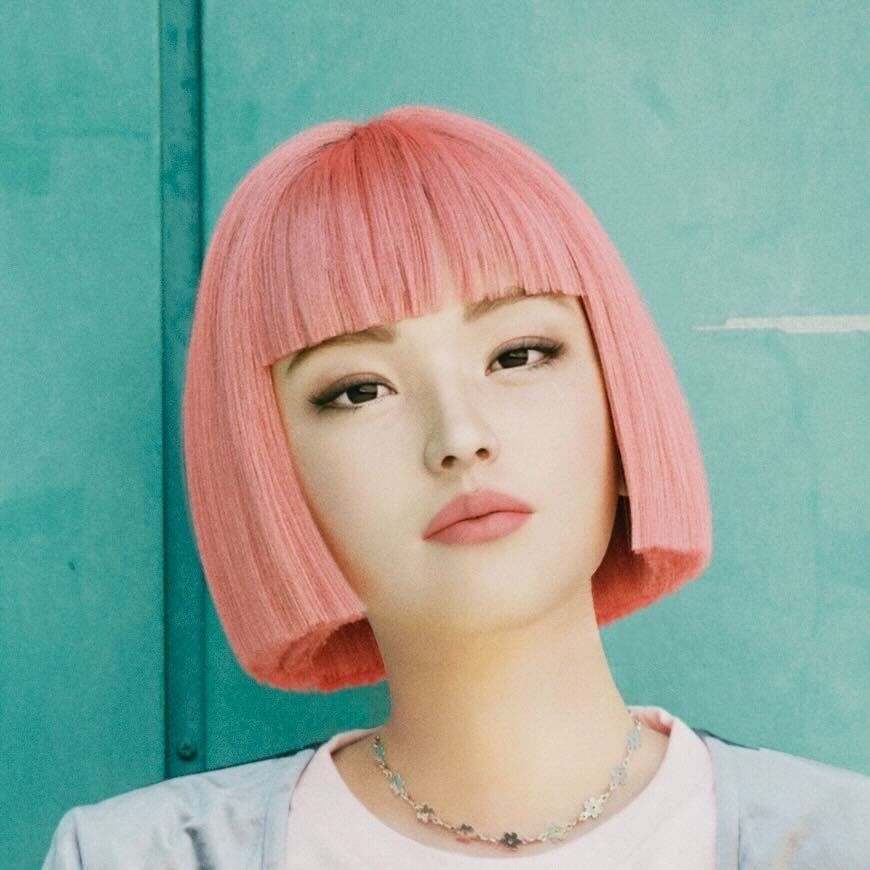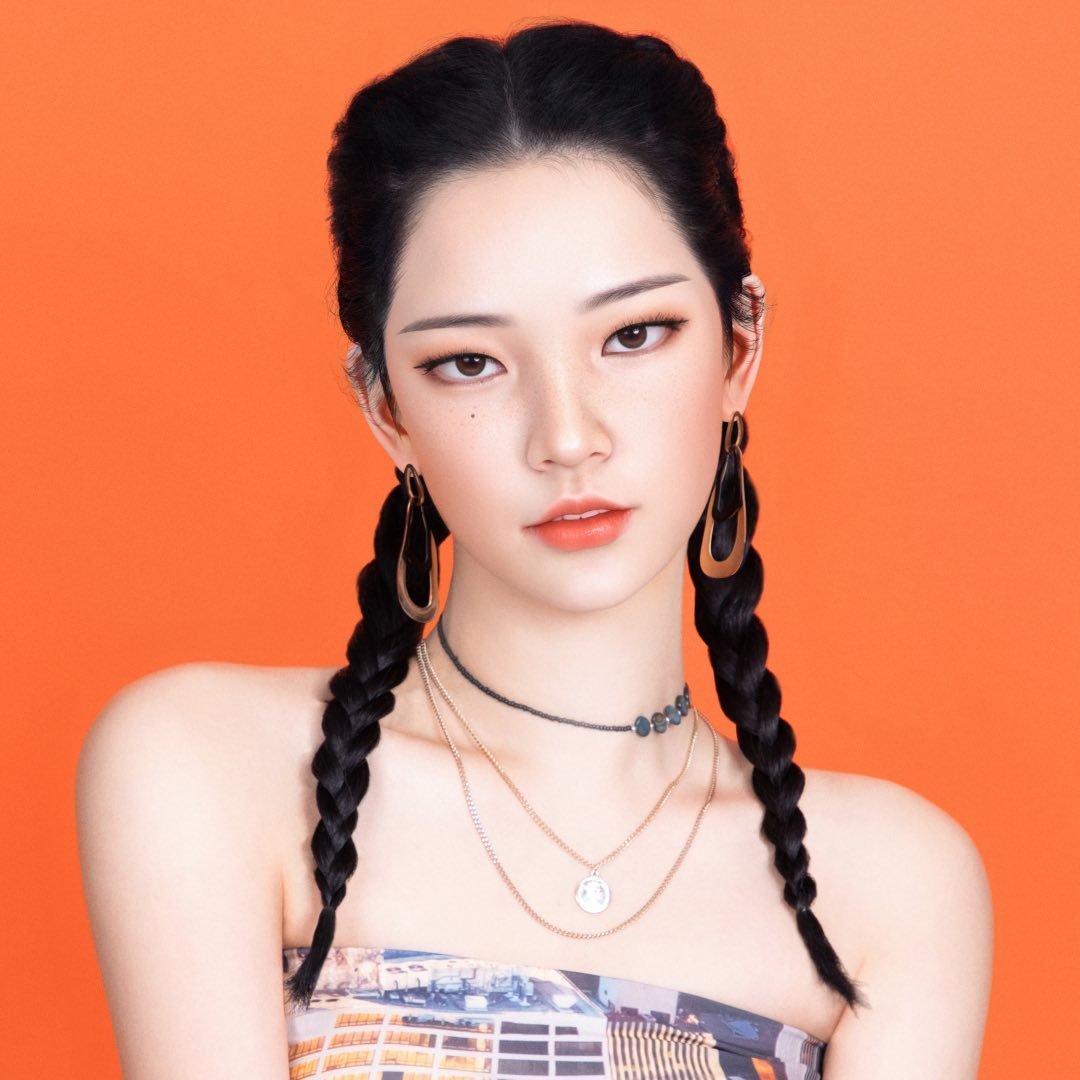Top Virtual Influencers in the World
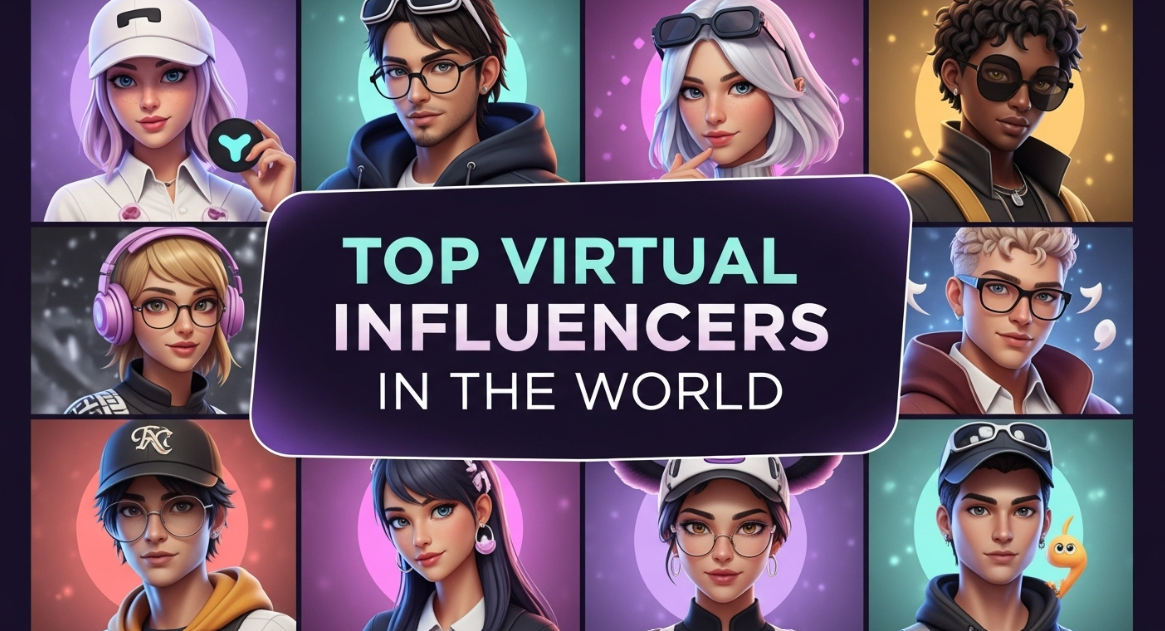
Top 10 Virtual Influencers
As we move further into 2025, social media continues to evolve, and at the heart of this transformation is a new kind of celebrity: the virtual influencer. These AI-generated influencers exist entirely in the digital world, yet they function just like human creators, sharing content, building followings, and collaborating with brands on a global scale. Despite never stepping foot in the real world, they post regularly, engage with audiences, and play a central role in digital marketing campaigns.
Here’s the list of top virtual influencers :- Lu do Magalu, Barbie, Bermuda, Lil Miquela, Kyra, Shudu, Aitana Lopez, Imma, Rozy.
Stay tuned to explore more about these AI influencers.
These digital characters may not breathe, but their influence is real. From fashion and beauty to gaming, lifestyle, and activism, virtual influencers are shaping online trends and redefining what it means to be a content creator. They’ve worked with leading global companies, gone viral across platforms, and gained millions of followers. Brands have embraced them as ideal partners, always on-message, visually perfect, highly adaptable, and free from the unpredictability of real-life influencers.
According to recent data, 51.9% of marketers in 2025 have planned to include AI-generated avatars in their marketing strategies. With global influencer marketing spending reaching $32.55 billion this year, AI tools are now integrated into nearly every stage of content creation from planning and design to posting and analysis. As digital spaces become increasingly saturated, audiences crave novelty and creativity. Virtual influencers meet that demand by offering a fresh, controlled, and innovative approach to storytelling.
In this blog, we explore some of the most compelling virtual influencers of 2025, from hyper-realistic avatars to stylized animated figures, each redefining what it means to be influential in an AI-powered world.
Additionally, this authentic list of virtual influencers is curated by our Ai powered influencer marketing platform that offers 360 degree solutions for campaigns execution.
List of Top 10 Virtual Influencers
From hyper-realistic avatars to animated icons, virtual influencers are changing the way people view celebrity and online engagement. Here’s a look at the standout digital personalities who are making headlines in 2025.
The Rise of Virtual Influencers
Over the past few years, virtual influencers have significantly reshaped the digital marketing landscape. Unlike traditional human creators, these AI-generated influencers are designed and operated by teams of developers, designers, and writers to align perfectly with brand values and messaging. Their computer-generated nature allows for an unprecedented level of control, consistency, and reliability qualities that brands increasingly prioritize in a competitive online environment.
One of the biggest advantages of virtual influencers is that they don’t experience the same limitations as real people. They don’t get tired, take breaks, or deal with controversies. They never have off days or fall out of character. This makes them ideal brand ambassadors, capable of maintaining a polished presence and delivering content on schedule, and in any language or location required. Whether a brand needs them to travel the world or launch simultaneous campaigns across markets, their digital flexibility makes it possible, all without the logistical complications that come with human talent.
But the appeal of virtual influencers isn’t limited to creative control. Studies have shown that AI influencers often outperform their human counterparts when it comes to audience engagement, especially among Gen Z, a demographic known for embracing digital innovation. In fact, some reports indicate that campaigns featuring virtual influencers have achieved engagement rates up to three times higher than those involving real-life creators. Furthermore, over 60% of brands that explored virtual influencer marketing in 2025 reported increased audience interaction and improved global campaign efficiency.
Virtual Influencers vs. Human Influencers: How Do They Really Differ?
As influencer marketing has evolved, virtual influencers have become more common, and many brands have started comparing them with traditional human influencers. Both have their unique strengths, but key differences stand out especially in how they manage consistency, control, and audience appeal.
AI-generated influencers give brands full creative control. Since these digital personalities are managed by teams, their appearance, tone, and messaging can be updated at any time. They don’t age, face scandals, or experience burnout, which makes them ideal for long-term campaigns. This level of reliability is something human influencers can’t always guarantee. Another major advantage is their availability, they can “appear” in different locations, speak multiple languages, and work on several campaigns at once. Their consistent presence across time zones helps global brands deliver content more efficiently.
In the end, both have their own strengths. Human influencers offer relatability and authenticity, while virtual influencers deliver innovation, flexibility, and a touch of digital magic. Together, they shape a more dynamic and engaging future for influencer marketing.
Conclusion
In the world of influencer marketing, Simultaneously AI is also coming into the picture by offering AI generated influencers. They are named as virtual or AI generated influencers but they don’t seem like virtual. They act as real influencers because they post content like humans, collaborate with brands, and follow trends. Moreover they even connect with the best influencer marketing agencies to get good brand collaboration.
